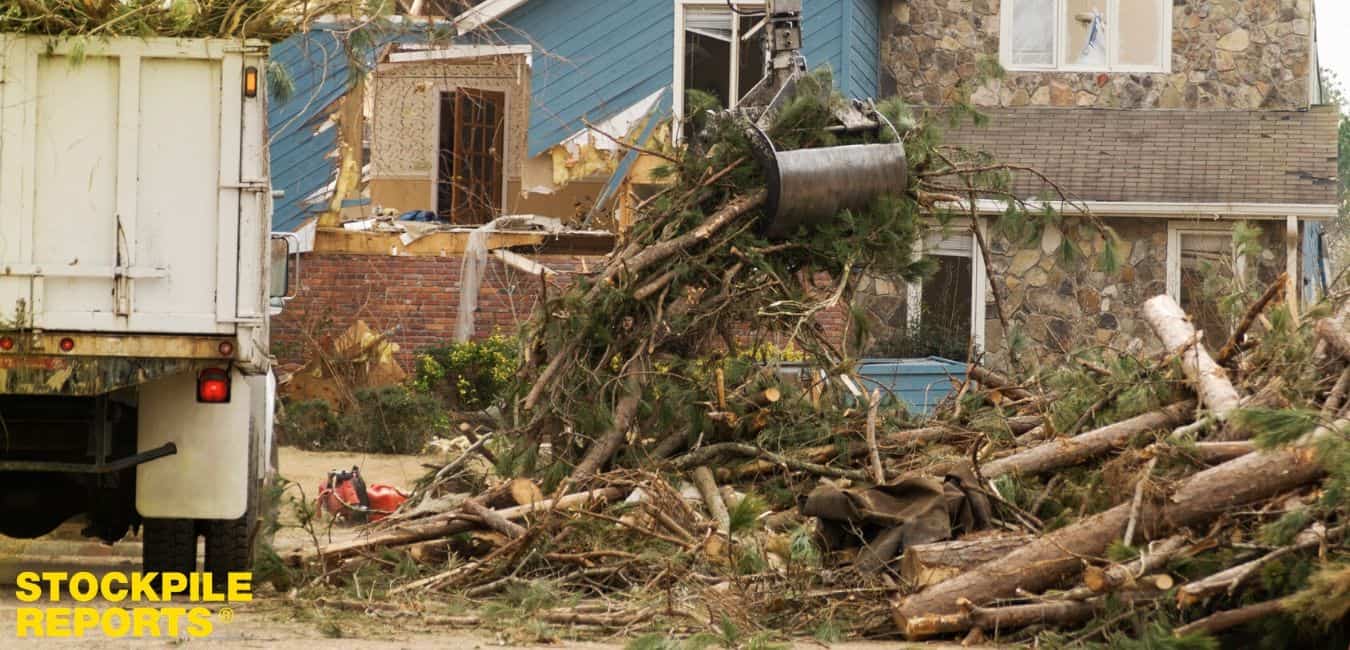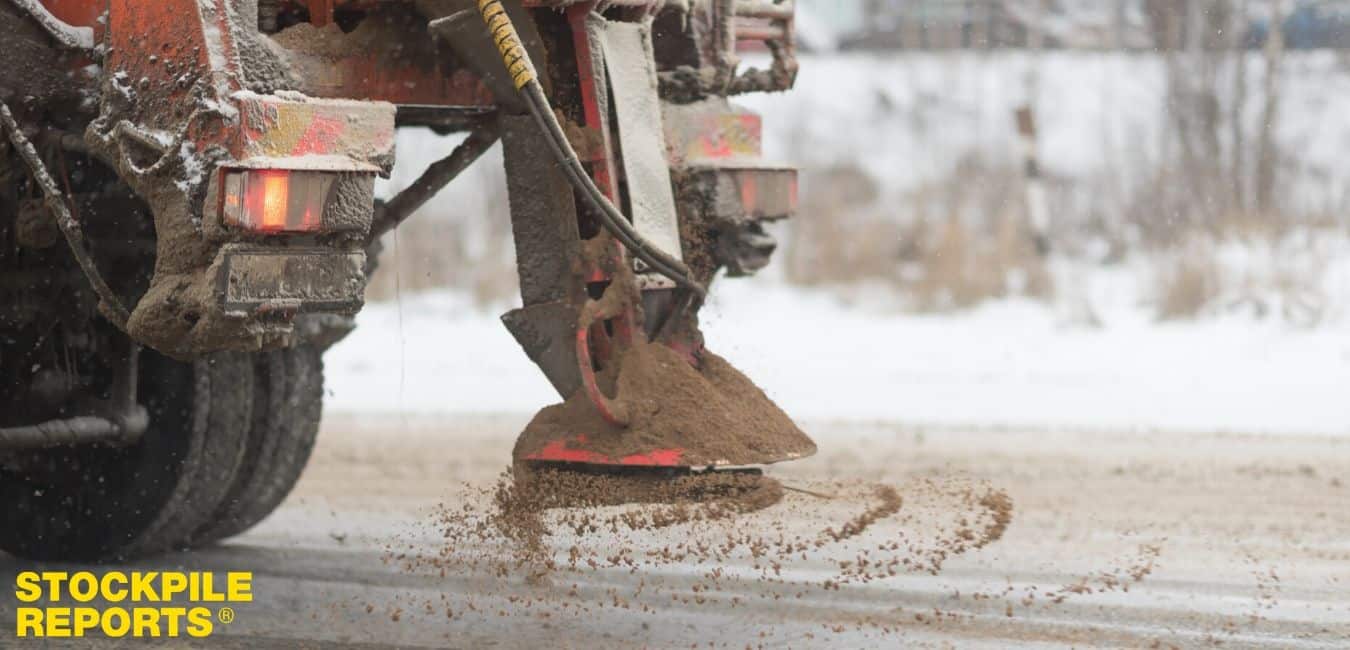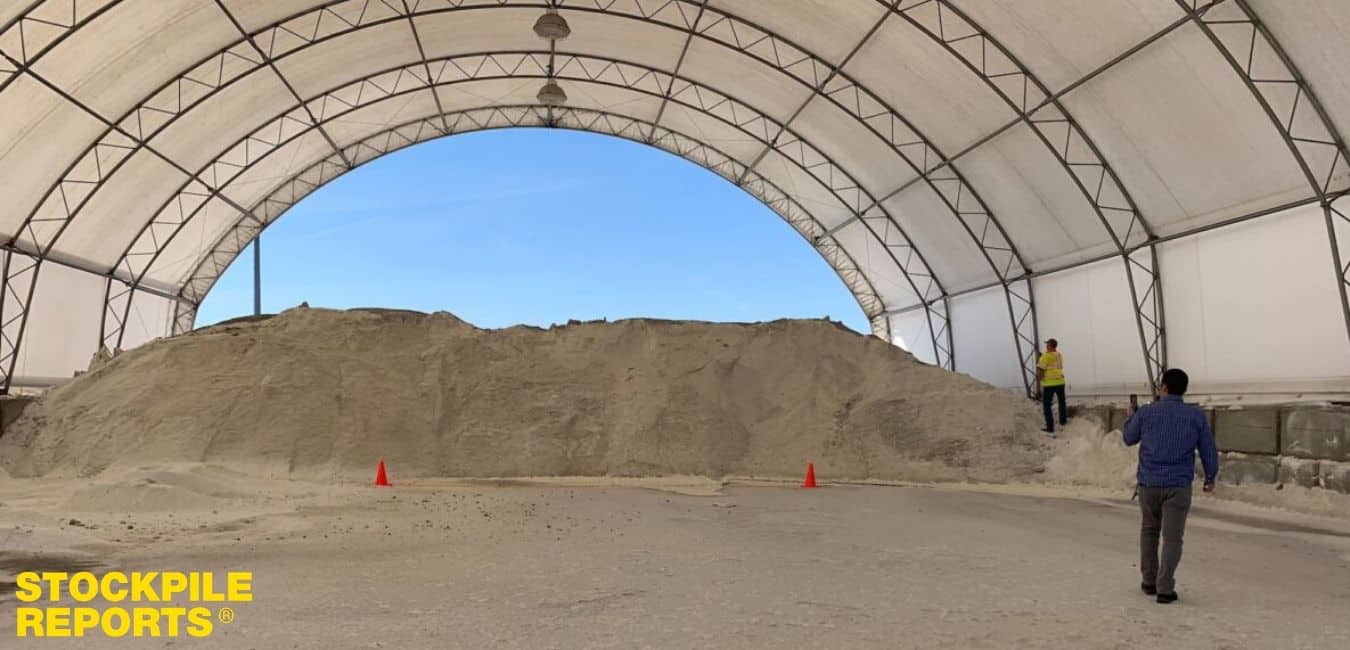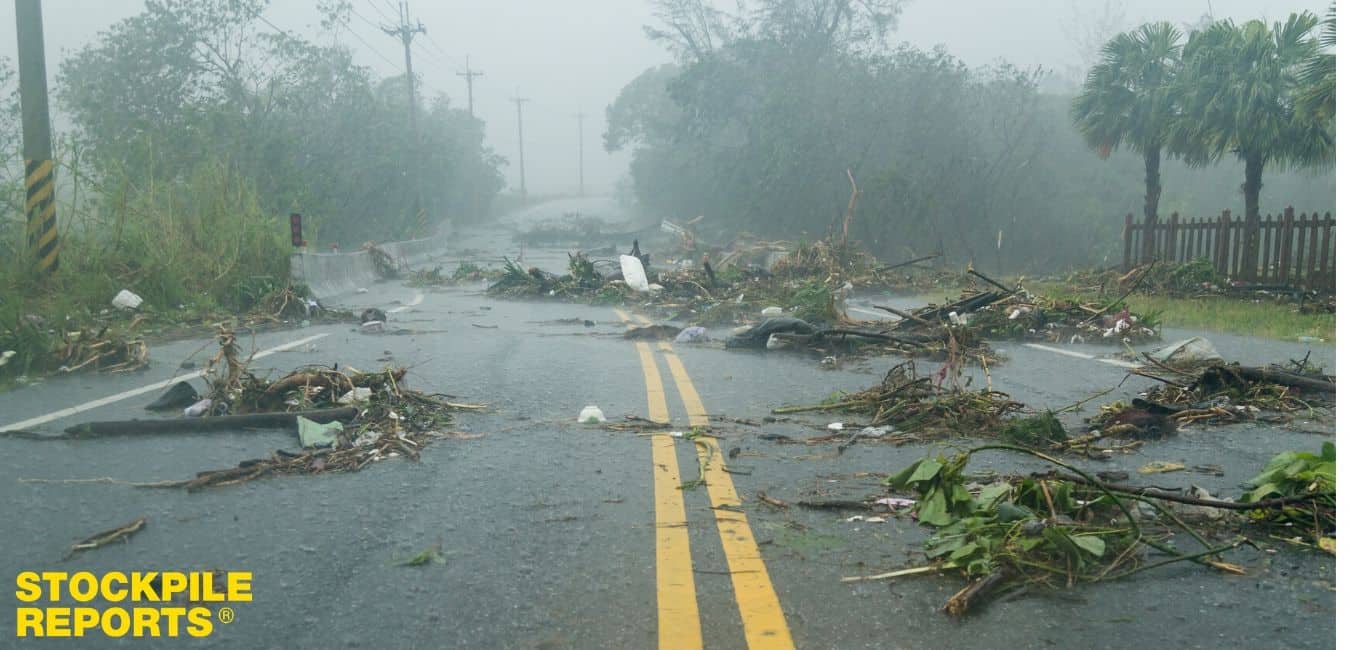November 25, 2019
How State & Local Governments Are Using FEMA Public Assistance

FEMA is a public assistance program provided by the Federal Emergency Management Agency (FEMA) to aid state and local governments in the event of a disaster. State and local governments are able to submit requests for disaster relief reimbursement within 30 days of a disaster declaration.
Governments, both state and local, are responsible for the repercussions of a disaster, such as debris removal, emergency protective measures, and repair work to damaged or destroyed infrastructure. FEMA was established as a public assistance program to provide disaster-relief and reimbursement to governments impacted by such disasters.
Government agencies can submit Requests for Public Assistance (RPAs) within 30 days of the disaster declaration.
Applicants must demonstrate the following:
- The damage is in a designated area
- The applicant has the legal responsibility to perform the work
- The cost of the work is within reason
FEMA reviews the eligibility of the applicant, facility, work, and expense. Once FEMA and the state review and approve the government agencies’ RPAs, applicants work with their FEMA representative to develop a damage inventory.
Documentation is the Backbone of an RPA Application
The foundation of a public assistance project is the documentation that is provided to FEMA by the government applicant. This is the step where most government agencies struggle and where Stockpile Reports can be a solutions-provider.

How Many Trucks Do You Need?
One of the requirements of the application is that the cost to perform the work be reasonable. For example, if a government agency overestimates the number of trucks or equipment needed to respond to a debris-removal related project, it may be deemed an unreasonable expense. Stockpile Reports helps agencies avoid this headache with the Stockpile Reports iPhone app.
Government agencies can utilize the iPhone app to measure the volume and tonnage of debris piles. By accounting for how much debris is actually on the ground using a reliable method, government agencies are able to determine how many trucks they need to allocate to the project. This eliminates wasted resources, including fuel, labor hours, and wear and tear. Trucks and equipment that may have otherwise been allocated to this project can now be allocated to another project, where they can serve at a higher-value.
Government agencies can avoid overspending on resources by accurately identifying how much debris is on the ground, allocating the right amount of resources to the project.

Do You Have Enough Salt - or Too Much?
Government agencies are responsible for emergency protective measures to protect life and property, which includes salting roads during storm events. This fits all three requirements for a RPA application as government agencies are legally required to provide this service within a designated area for a reasonable cost.
Agencies often order too much or not enough salt for a storm season and not only does that impact the communities they serve, but it can also impact a RPA application. When an agency comes up short mid-season, salt supplies are low, demand is high, and it can be costly to rush a replenishment order.
However, it’s important to find a balance between too much and too little. The fear of running out is powerful and it often leads agencies to place replenishment orders prematurely, just to be sure they don’t run out. Too much salt inventory leads to a host of expenses, including storage and administrative expenses, tied up capital, and deterioration over time. These costs are excessive and avoidable with the right solutions.
It is unreasonable to look inside a shed or bunker and assess how much road salt is inside. Government officials can use their iPhone to take salt measurements on demand. Within a few hours, they’ll know whether or not it’s time to order more salt.
Government agencies have another option with Stockpile Reports – fixed cameras. Installing fixed camera solutions gives state and local governments the power to monitor salt bunkers in near-real-time. Rather than eyeballing inventory levels using some markers on the walls, government agencies can see exactly how much they have at any given time. The fixed cameras have set inventory thresholds, auto-triggering replenishment orders at just the right time.

Are You Getting What You Ordered?
When ordering materials for a FEMA application project, agencies need to keep detailed records, including invoices. Remember, documentation is the backbone of a RPA application and without it, the application will likely be deemed ineligible for reimbursement.
Agencies should be confirming that they are actually receiving what they ordered. They can do this with the Stockpile Reports iPhone app. For example, if an agency ordered 20 tons of deicing road salt for unexpected ice and snowstorm that impacted their local community, they’ll want to verify that they received all 20 tons. Government staff can quickly take an iPhone measurement of the delivery and receive a volume and tonnage report back within a few hours, verifying the quantity ordered is the quantity received.
Likewise, when the ice and snowstorm passes, the same government agency might find themselves in need of debris-removal or road repairs. They can use the iPhone app to quantify equipment and material needs, making appropriate orders, and it’s all backed by third-party compliant data that is stored in the cloud.
FEMA works with state and local governments to compile their damaged inventory, a detailed list of emergency work performed, including disaster-damaged roads, facilities, and other infrastructure. This must be submitted within 60 days of the Recovery Scoping Meeting.
It is critical that government agencies keep detailed records in order for FEMA to substantiate the RPA application and deem it eligible. Without official documentation, it is unlikely that a RPA application would be approved. These documents can include contracts, labor records, a list of equipment used (ex: trucks), maintenance records, invoices, and procurement policies.

Required Site Visits & Evaluations
A FEMA representative will visit the site(s) impacted by the disaster to evaluate and collect additional information. In most cases, FEMA will require a physical onsite to inspect the site(s). During this visit, FEMA will aid state and local officials in developing project descriptions, scopes of work, and additional documentation as it relates to the costs of repairs or replacement.
Important: FEMA may also discuss and encourage hazard mitigation measures to prevent future damages where possible. FEMA provides additional funding assistance for these types of measures.
After the site inspection(s), FEMA completes its review and validation of the information and documentation submitted by the application for compliance with federal regulations. There may be additional information requested during this final step of the evaluation process. Once all reviews are complete, applicants then agree to the funding terms and sign off on the projects.
How to Use Stockpile Reports for FEMA Public Assistance
Government agencies can use Stockpile Reports to ensure that they allocate the appropriate amount of resources at the right time. From measuring debris piles to verifying deliveries, Stockpile Reports eliminates overspending and overestimation using data-backed measurement solutions.
Our platform is third-party compliant. Agencies can trust that Stockpile Reports’ data saved them time, money, and wasted resources. Whether an agency chooses to use the iPhone app, drones, fixed-cameras, or a combination of the three, all reports are stored in the cloud, backed by data, time, date and location stamped, and available whenever they’re needed.
FEMA’s Public Assistance is a cost-sharing program that reimburses applicants at least 75 percent of eligible costs. Be sure that your government agency is taking advantage of these reimbursement credits. For questions or additional information, please visit https://www.fema.gov/ or contact us for additional details!
Stay In the Know
Be the first to know about the latest Stockpile Reports news and features.